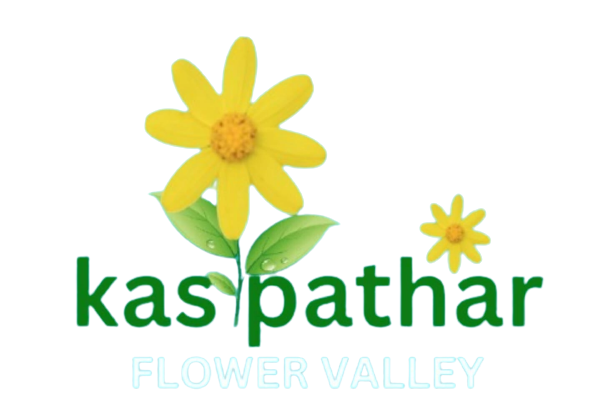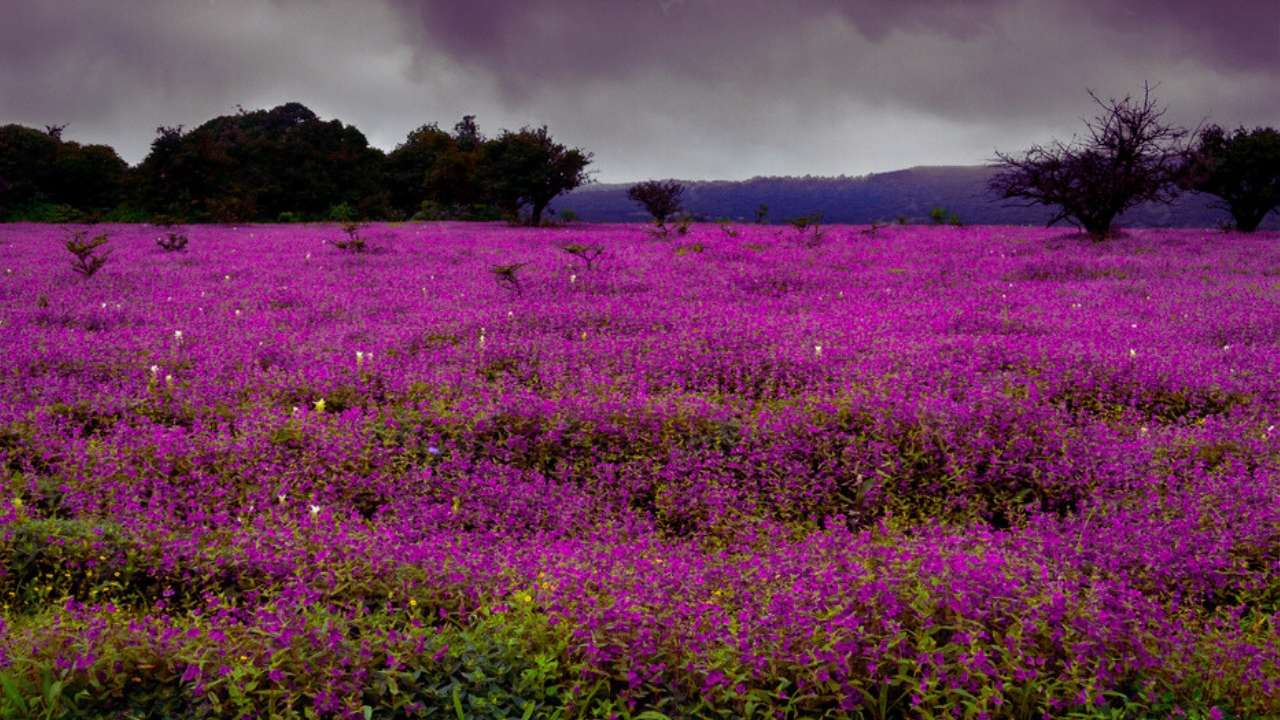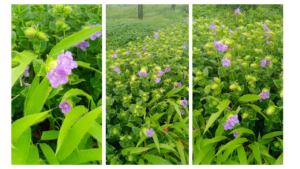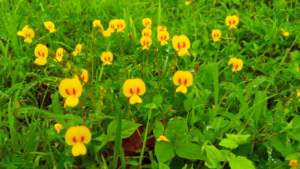Introduction
Everyone is interested in kaas plateu histotry of the ancient Kas plateau, which is very important to know. The Kaas Plateau is a hidden gem in the Western Ghats of Maharashtra, India. The history of its biodiversity is in its stunning natural beauty. For hundreds of years, this has drawn tourists. Let’s take a look at this fascinating journey through the history of Kas Plateau and unravel its mysteries.
Kaas Plateau History

Formation of Kaas Plateau
Kas Plateau, also known as Kas Pathar, has a history dating back many years. The region was formed from volcanic activity. The plateau was formed by solidified lava flows, which eventually transformed into a fertile land known for its amazing floral range.
Key Points:
Basalt rocks make up the plateau’s geological structure, and the patterns they make are very complicated, making for a beautiful landscape.
The volcanic soil on the Kas Plateau has become a breeding ground for rare and native plants, which makes it a great place for plant lovers to visit.
The Kas Plateau is not only beautiful to look at, but it is also an important ecological site that supports a wide range of plants and animals. People who come to this magical place are often amazed by how beautiful and diverse it is.
It has become a must-visit place for anyone who appreciates the wonders of nature.
The Biodiversity of Kaas Plateau
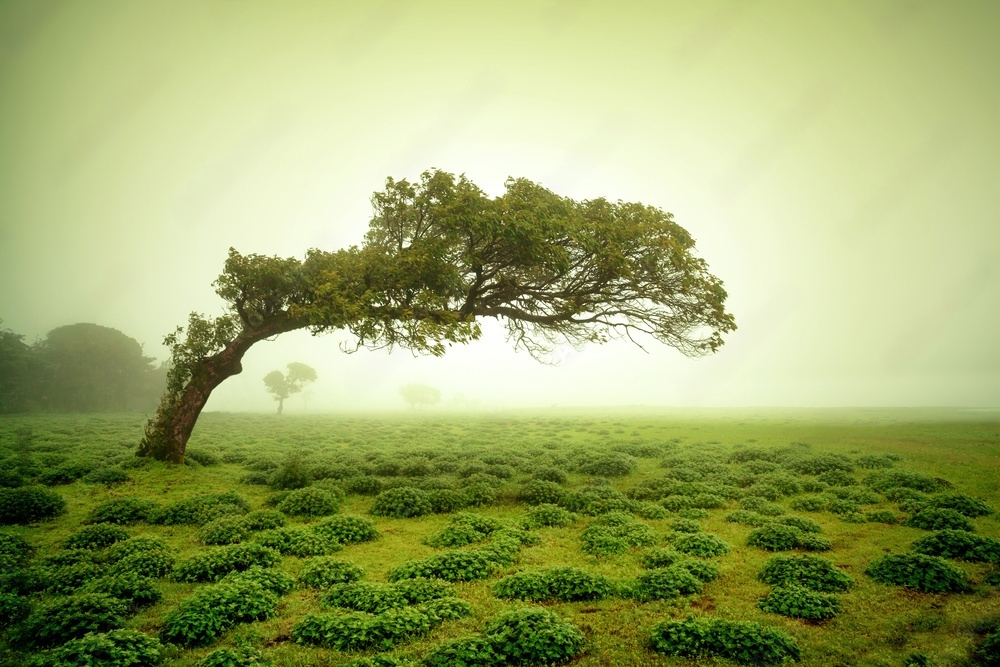
There are some interesting stories behind giving the name ‘Kaas’ to the plateau. According to one story, it derives from the kas tree in the surrounding forest, while according to another, it is connected to the regional word for lake, perhaps because of a large lake on the plateau called “kas”.
Biodiversity of Kas Plateau
Cultural Significance of the Kaas Plateau History
There are some interesting stories behind giving the name ‘Kaas’ to the plateau. According to one story, it derives from the kas tree in the surrounding forest, while according to another, it is connected to the regional word for lake, perhaps because of a large lake on the plateau called “kas”.
Local tribal communities conduct traditional rituals and ceremonies to honour the biodiversity of the Kas Plateau and seek blessings for abundance.
Tribal Communities and Their Connection to Kaas Plateau History
For centuries, people have been using plant genetic resources for food, medicine and other purposes. Tribal communities in the Kas Plateau region have valuable knowledge about the use and preservation of food and medicinal plants.Looking at the Kas plateau region, the local community’s traditional knowledge about natural remedies has been handed down from one generation to the next, and we can learn a lot from them.

Best Time to Visit Kaas Plateau
The best time to visit Kas Plateau is during the flowering season, which usually falls between late August and early October.
Conservation Efforts and Sustainability
Over years measures have been taken to preserve the biodiversity of the Kas Plateau and promote sustainable tourism. Numerous programs are dedicated to protecting ecosystems recognizing the importance of environmental stewardship.
The breathtaking natural beauty of the Kas Plateau can be preserved for the years to come, by simple yet effective strategies. The best way to do so is by effectively managing waste, leaving wildlife undisturbed, and

Ecotourism at Kaas Plateau History
The History of Ecotourism on the Kas Plateau
The Kas Plateau is a “World Heritage Site” by UNESCO, and people from all over the world come to see its plants and animals. This plateau offers a peaceful escape from the hustle and bustle of city life. Which gives a rare opportunity to connect with nature in its purest form.
Guided tours and nature walks offer visitors the chance to see seasonal blooms of native flowers, including carnivorous plants and orchids.
Enthusiastic photographers flock to the Kas Plateau to capture the kaleidoscope of colors that spread across the landscape.
“Kaas Plateau is not just a destination; it’s a sanctuary of biodiversity that reminds us of the precious harmony between humans and the natural world.”
Local Conservationist.
Conclusion
In conclusion, Kaas Plateau History is a narrative of resilience, conservation, and cultural heritage intertwined with nature’s beauty.You’ll be stepping into a world that has a mysterious past, when visiting the Kaas Plateau. It’s one of the world’s most stunning natural wonders and our responsibility is to be mindful of the impact we have on it.
The rule is clear: let’s tread very softly, leave no signs of our presence behind and steal away with memories of an area where mother nature calls the shots.
What are some of the endemic and endangered plants found on the Kaas Plateau?
The Plateau is home to a wide variety of endemic and endangered plants. It is fascinating to know that over 850 species of flowering plants have been discovered in this unique landscape.
Where is the Kaas Plateau located?
The Kaas Plateau is located in the Satara district of Maharashtra, India. It is situated within the Western Ghats and is about 25 kilometres from the city of Satara.
What is the best time to visit the Kaas Plateau?
The best time to visit Kaas Plateau is during the peak of the blooming season, which typically falls between late August and early October.
What is interesting about the Kaas Plateau?
This picturesque location is known for its unique and rare endemic flower species, creating a vibrant display of colours during the monsoon season, specifically in July, August, and September.
For More Updates:-
Google local guide: local expert guide
Facebook:- Kas Pathar Flower Valley
WhatsApp channel:- Kas Pathar Channel
Twitter :- Kaas Pathar Valley
Instagram :- Kaas Plateau
